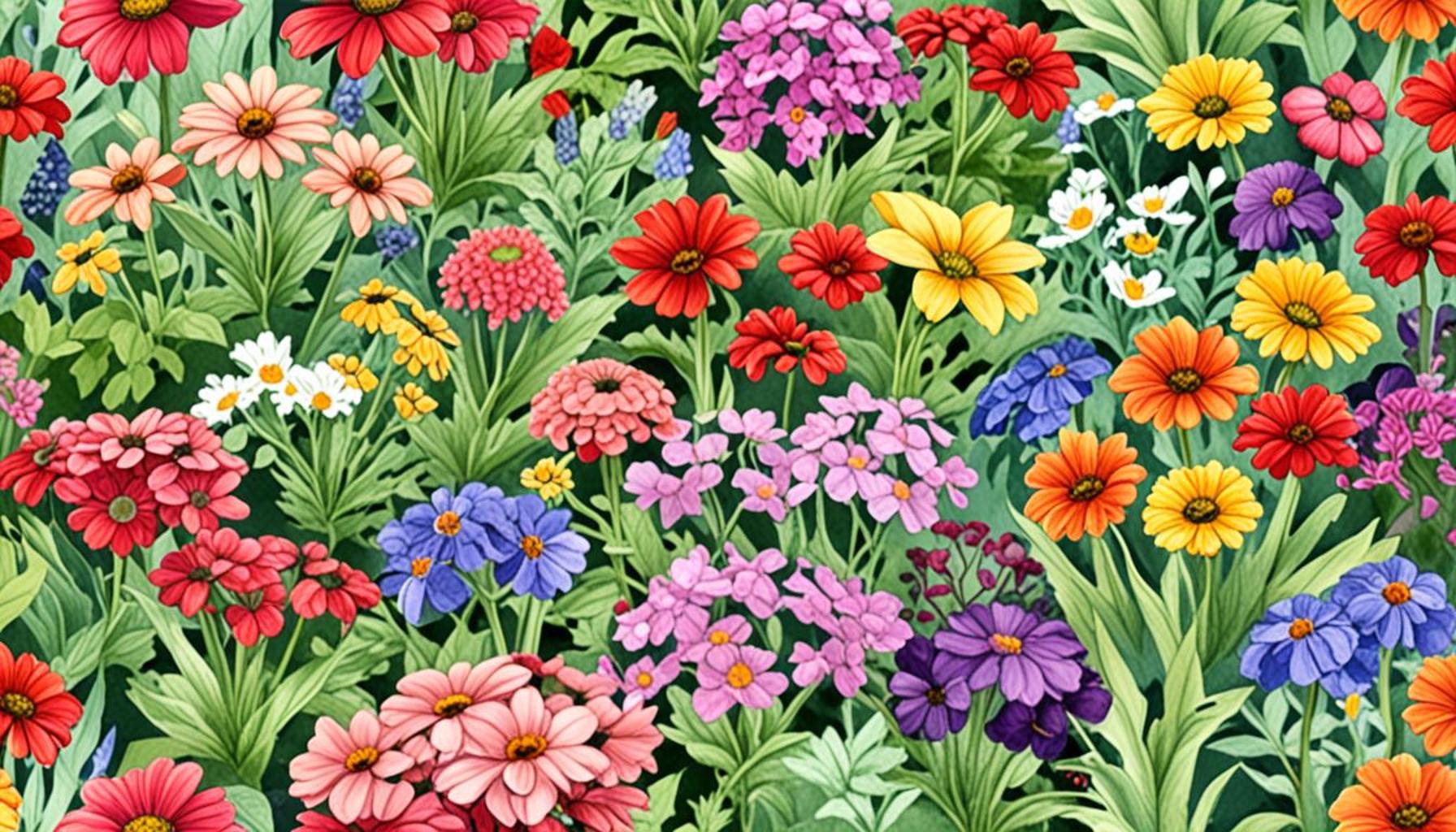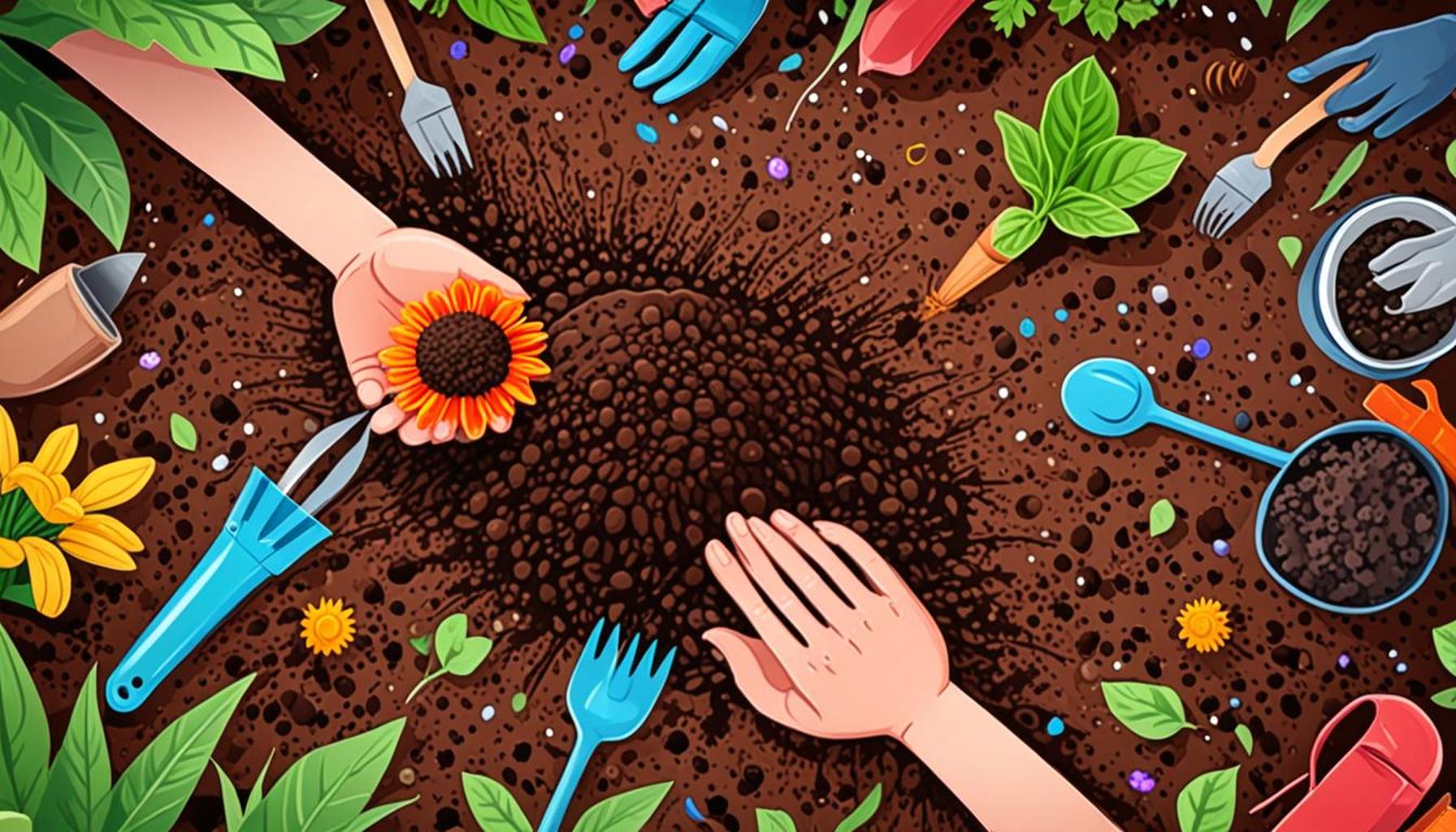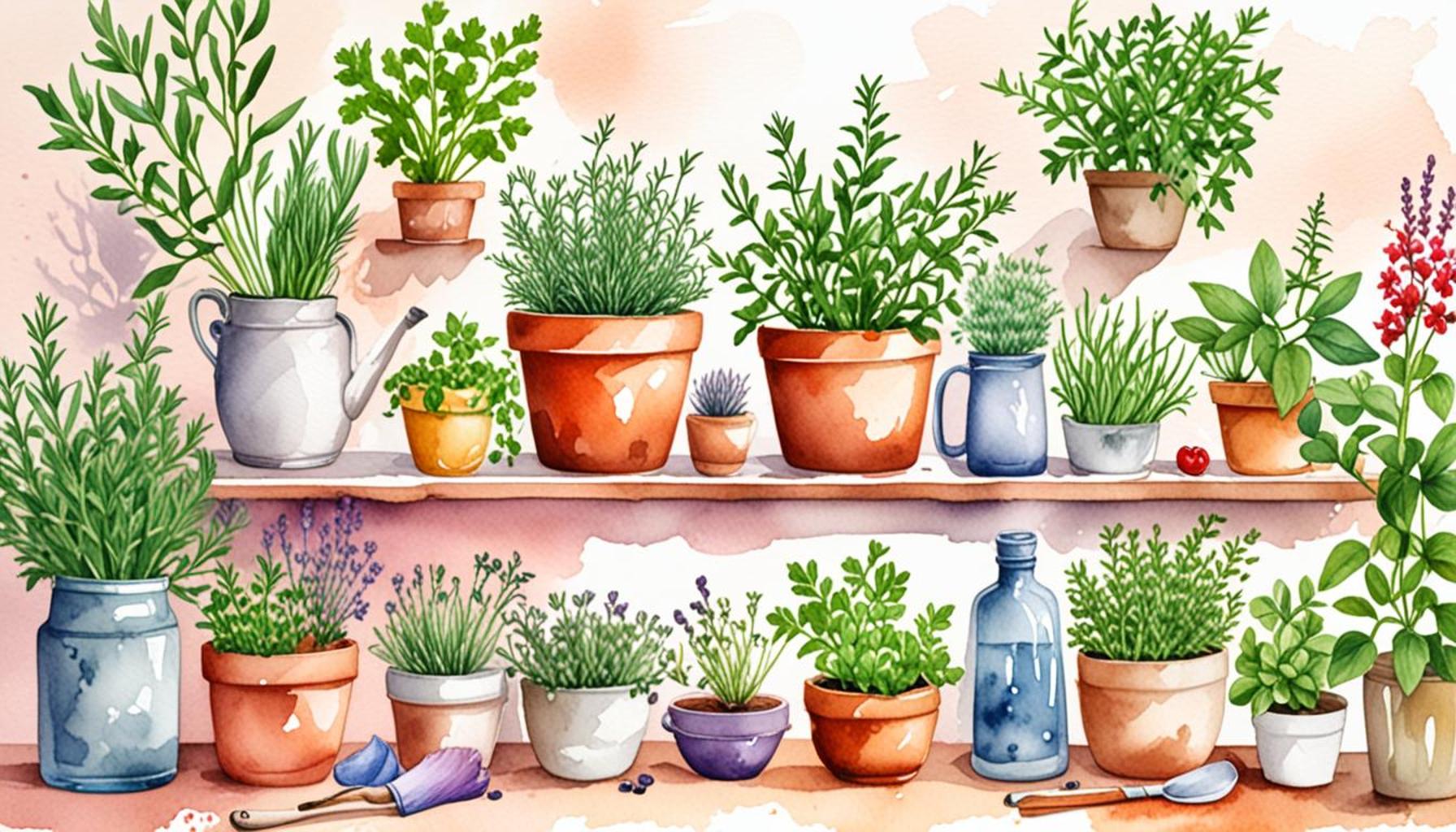Succulent Plants for Beginners: How to Choose and Care for a Low-Maintenance Garden
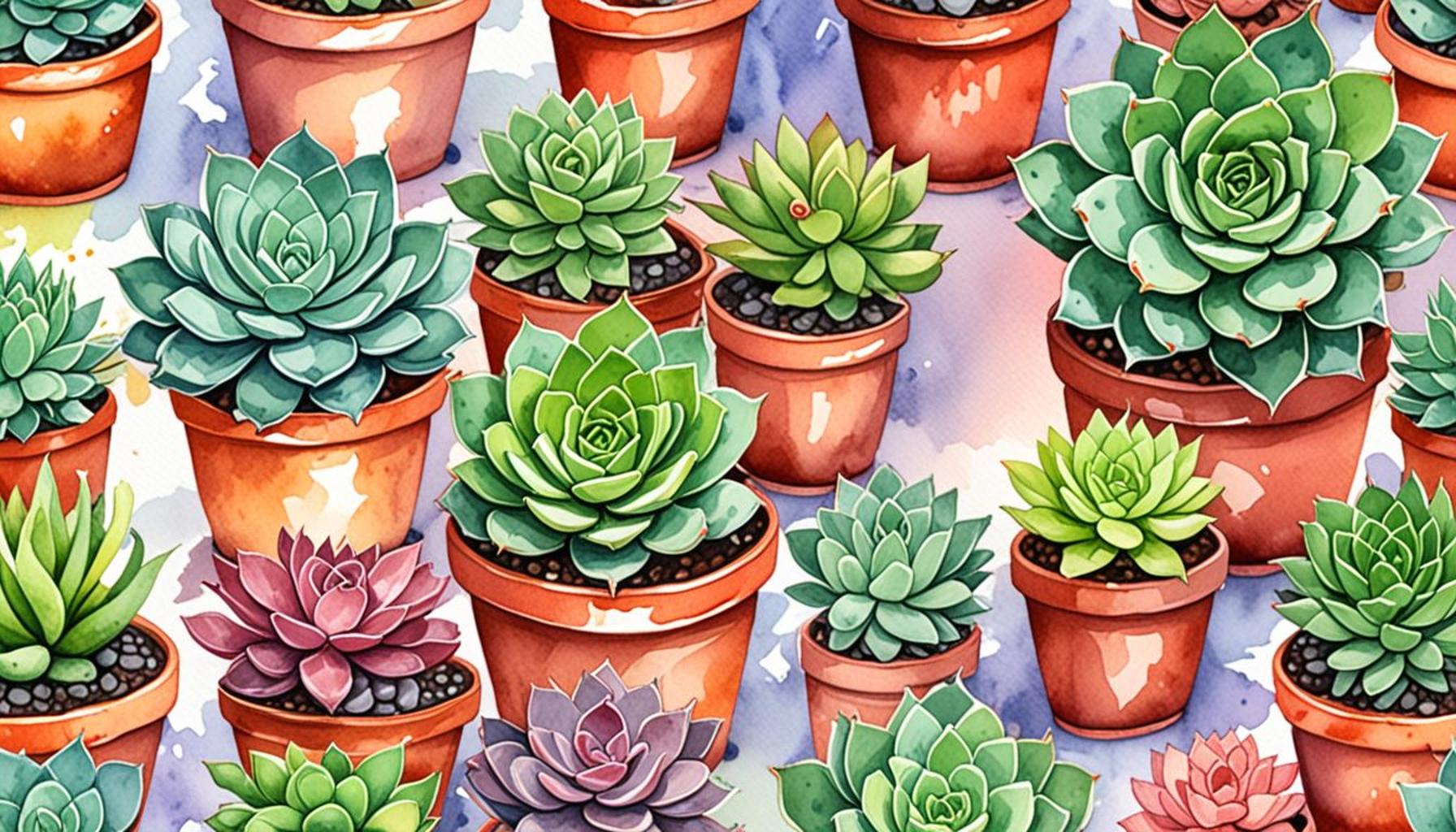
Discover the Beauty of Succulents
Succulent plants have surged in popularity among gardening enthusiasts and casual plant lovers alike. These unique specimens not only showcase an astonishing range of forms but also exhibit remarkable adaptability, making them a perfect choice for any gardener, regardless of their experience level. Their ability to store water in their leaves, stems, or roots allows succulents to thrive in diverse environments, from desert landscapes to urban homes.
Why Choose Succulents?
Succulents are more than just visually captivating; they bring numerous practical benefits that can enhance any gardening experience. Here are some compelling reasons why many are choosing succulents for their gardens:
- Low water requirements: Succulents are masters of conservation, making them ideal companions for those living in arid climates or individuals with hectic lifestyles. For instance, varieties like the Agave and Haworthia can survive prolonged periods without water, allowing busy individuals to embrace gardening without the worry of daily watering.
- Variety of styles: With thousands of species to choose from, succulents can fit into any aesthetic, from minimalist to bohemian. Popular types such as Echeveria feature stunning rosette shapes while the cascading String of Hearts offers a whimsical touch—perfect for hanging arrangements or creating a focal point on shelves.
- Easy to propagate: Succulent propagation is an exciting gateway into the world of gardening. New plants can readily grow from leaves or cuttings, enabling beginners to expand their collection without investment in additional plants. This replicable process means that sharing plants with friends and family is not only simple but also a joyful experience.
Getting Started with Your Garden
Starting your succulent garden is an exciting venture, but understanding their specific care requirements is crucial for longevity and vibrancy. Consider the following essential factors to keep your succulents thriving:
- Light preferences: Most succulents thrive in bright, indirect sunlight. For indoor gardens, a window with filtered light can provide the perfect environment. However, be cautious; too much direct sun can scorch the delicate leaves.
- Soil type: A well-draining soil mix is vital to prevent root rot, a common issue for succulent owners. Consider purchasing a specialized cactus mix or creating your own by combining regular potting soil with sand or perlite for added drainage.
- Container selection: When selecting pots, it’s critical to ensure they have drainage holes. This feature allows excess water to escape, reducing the risk of root rot and promoting healthy growth. Attractive terracotta or ceramic pots not only serve their purpose but also add to the decor of your space.
As you dive into the fascinating world of succulents, remember that exploration and experimentation are vital. Each variety offers unique characteristics, from the short-rosetted Sempervivum to the towering Jade Plant, inviting you to discover endless combinations that express your personal style. With just a little initial know-how and a bit of care, you can cultivate a vibrant and thriving low-maintenance garden that brings joy year-round.
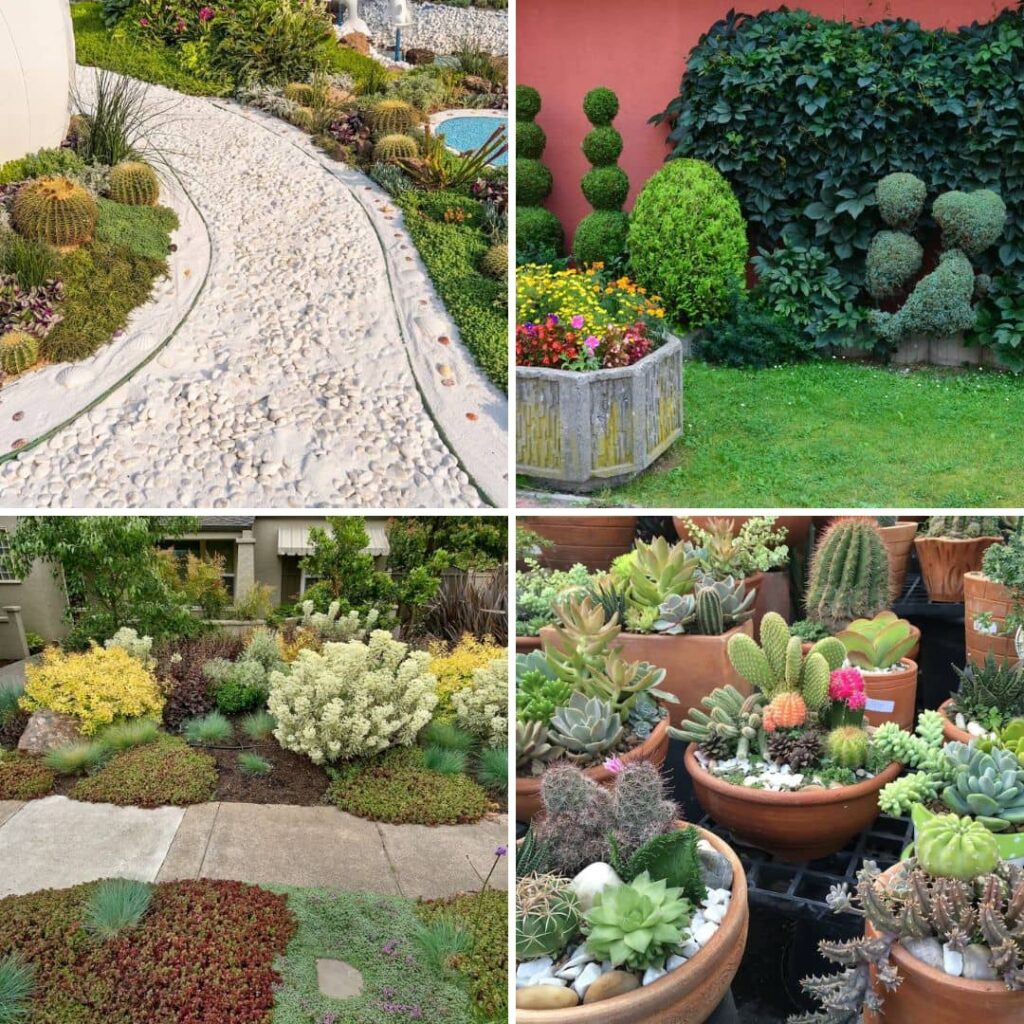
DON’T MISS OUT: Click here to learn about effective pest management strategies
Choosing the Right Succulents for Your Garden
As you embark on the journey of cultivating your succulent garden, selecting the right plants becomes a crucial step in ensuring success. With a myriad of options available, understanding the different types of succulents and their individual needs is essential. Here are some popular choices that are particularly suitable for beginners:
- Echeveria: Known for their stunning rosette formations, Echeverias come in a vibrant array of colors, making them a favorite for indoor and outdoor gardens alike. They enjoy well-draining soil and bright, indirect sunlight, making them relatively easy to care for.
- Aloe Vera: Not only is Aloe Vera admired for its aesthetic appeal, but it also offers medicinal benefits. This succulent thrives in bright light and requires minimal watering once established. Its fleshy leaves serve both culinary and skincare purposes, adding extra value to your collection.
- Jade Plant (Crassula ovata): Often considered a symbol of good luck, the Jade Plant is another beginner-friendly succulent. With its thick, glossy leaves, it requires moderate light and can grow quite large over time, making it a stunning focal point in any room.
- Haworthia: These small, slow-growing plants are perfect for those new to succulent care. Haworthias prefer low light and minimal water, allowing them to thrive even in less-than-ideal conditions.
- Sempervivum (Hens and Chicks): These resilient succulents thrive in outdoor gardens, especially in rock gardens or xeriscapes. They are incredibly hardy and can tolerate various weather conditions, making them a great choice for beginners looking for low-maintenance plants.
Once you’ve narrowed down your selections, consider the aesthetic you wish to achieve in your garden. Mixing different varieties can enhance visual interest, and experimenting with varying textures and colors can lead to stunning combinations. For instance, pairing the bold colors of Echeveria with the subtle greens of Haworthia can create a dynamic contrast that is visually pleasing.
Essential Care Tips for Beginners
Successfully caring for succulents involves understanding their basic needs, such as water, light, and temperature. Here are some essential tips to keep in mind as you nurture your new plants:
- Watering schedule: Oversaturating your succulents is one of the most common mistakes beginners make. A general rule to follow is to water your succulents only when the soil is completely dry, typically every two to three weeks, depending on the plant’s environment. Be attentive during periods of growth in the spring and summer when they may require slightly more water.
- Temperature tolerance: Succulents generally prefer temperatures between 60°F and 80°F. Most varieties can tolerate occasional dips below 50°F, but extreme cold can cause damage. Indoors, placing them near windows will provide a warm microclimate that they thrive in.
- Pest control: Although succulents are relatively pest-resistant, they can occasionally be affected by mealybugs or aphids. Regularly inspecting your plants and maintaining cleanliness in your garden setup can help prevent infestations.
By selecting the right varieties and adhering to these care tips, you can cultivate a stunning and vibrant garden that exemplifies the beauty and ease of succulent gardening. Each succulent tells a story, and as you care for them, you’ll begin to understand their unique personalities and preferences.
| Advantage | Description |
|---|---|
| Low Watering Needs | Succulents are designed to retain moisture, requiring minimal watering. This characteristic is particularly beneficial for busy beginners. |
| Diverse Varieties | With numerous species available, beginners can easily select succulents that fit their aesthetic preferences and climate requirements. |
Succulent plants are a fantastic choice for those new to gardening. Their low maintenance nature makes them ideal for individuals seeking to enhance their space without overwhelming commitment. They thrive in a variety of environments, from indoor pots to outdoor gardens, making them adaptable companions. When selecting succulents, consider light conditions as many species prefer bright, indirect sunlight. A well-draining potting mix is crucial; it prevents root rot, a common issue for beginners. Additionally, these plants are intricate in their beauty and come in a medley of shapes, sizes, and colors. Regular care is simple yet rewarding; let the soil dry out between waterings, and watch your plants flourish. The rewarding journey of nurturing these resilient plants opens avenues for more complex gardening aspirations. Dive deeper to explore the world of succulents and turn your space into a vibrant oasis!
DIVE DEEPER: Click here to enhance your gardening knowledge
Creating the Perfect Environment for Your Succulent Garden
Once you’ve selected the ideal succulents for your garden and grasped the essentials of care, the next step involves establishing an environment that promotes healthy growth. The right conditions will enhance the intrinsic beauty of your plants, allowing them to thrive while minimizing the upkeep they require. Here are key factors to consider when setting up your succulent garden:
Soil Composition
Succulents flourish in well-draining soil that mimics their native arid habitats. Traditional potting soil retains too much moisture, leading to root rot. Instead, consider creating a mix suitable for succulents by combining:
- One part potting soil
- One part coarse sand or perlite for aeration
- One part pumice or gravel to enhance drainage
This formulation will provide a breathable environment essential for root development. Alternatively, many garden centers offer pre-packaged succulent soil mixes that are specifically designed for easy use.
Lighting Requirements
Lighting plays a vital role in succulent health. While many succulents prefer bright, indirect sunlight, others may require direct light to maintain their vibrant colors and compact shapes. Position your plants appropriately based on their specific needs:
- Place sun-loving varieties like Echeveria and Jade Plants in south-facing windows to ensure they receive ample natural light.
- For varieties such as Haworthia, consider areas with bright, indirect light, which can help prevent sunburn and keep the plant thriving.
Monitor your plants and adjust their locations if you notice signs of stretching, poor growth, or discoloration. This could indicate insufficient light exposure.
Watering Techniques
Mastering the art of watering is crucial for succulent care, as this is often where beginners face challenges. Here are some watering techniques to implement:
- Bottom Watering: Consider submerging the pot in a basin of water for about 30 minutes, allowing the roots to absorb moisture through the drainage holes. This method helps prevent the leaves from getting soggy and reduces the risk of fungal issues.
- Watering in the Morning: Water your succulents early in the day when temperatures are cooler. This allows excess moisture to evaporate before evening, minimizing the chance of root rot and fostering healthy growth.
Container Choices and Placement
Choosing the right container is not only about aesthetics but also functionality. Succulents require pots with drainage holes to prevent excess water accumulation. Here are some popular container options:
- Terracotta Pots: Known for their excellent breathability, these pots allow moisture to evaporate quickly, reducing the risk of root rot.
- Succulent Arrangements: Consider grouping different varieties in a single container for a visually captivating focal point. Just ensure they have similar care needs and space to grow.
Optimal placement is also essential; avoid overcrowding your plants to ensure proper air circulation, which helps to prevent mold and disease.
By paying attention to these environmental factors, you’ll create a thriving succulent garden that not only showcases the beauty of these low-maintenance plants but also allows you, as a beginner gardener, to enjoy the rewarding experience of nurturing life. Remember, the more you learn about your succulent garden, the more confident you’ll become in your gardening capabilities.
DISCOVER MORE: Click here to learn effective pest control strategies
Conclusion: Embrace the Joy of Succulent Gardening
As you embark on your journey into the enchanting world of succulent plants, remember that this low-maintenance gardening style offers both aesthetic appeal and a rewarding hobby. Choosing the right varieties for your beginner garden is essential; opt for hardy options like Jade Plants and Hens and Chicks, which can thrive even with minimal care. Coupled with the proper knowledge of soil composition, lighting requirements, and watering techniques, you’re well on your way to creating a beautiful succulent display that enlivens your living space.
Incorporating a variety of succulents can bring unique colors and textures, making for a visually stunning garden. Experiment with different arrangements, from clustered arrangements to single statement pieces, and understand that each plant has its own personality and requirements. Take the time to observe how your succulents react to their environment, as this will further deepen your connection and understanding of these remarkable plants.
Gardening is not just about maintaining plants; it is an exploration of nurturing life. As a beginner, you’ll find that the simplicity and resilience of succulents make them perfect companions as you develop your gardening skills. With patience and creativity, your succulent garden can flourish, becoming a source of pride and joy. Engage with communities, seek out additional resources, and let your passion for succulent gardening grow as vibrantly as your plants.
